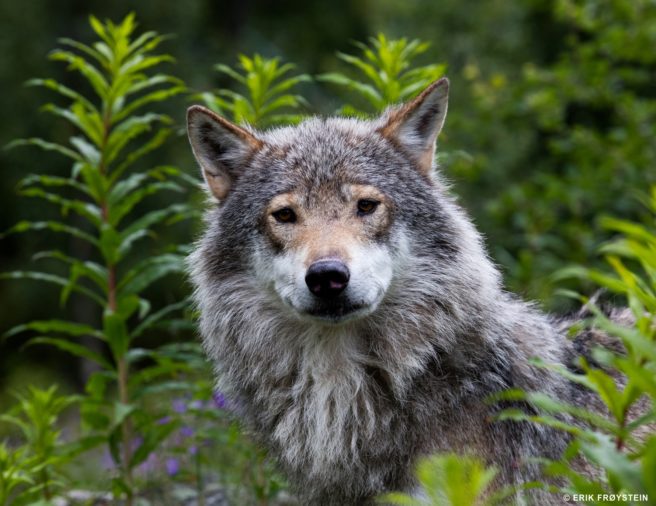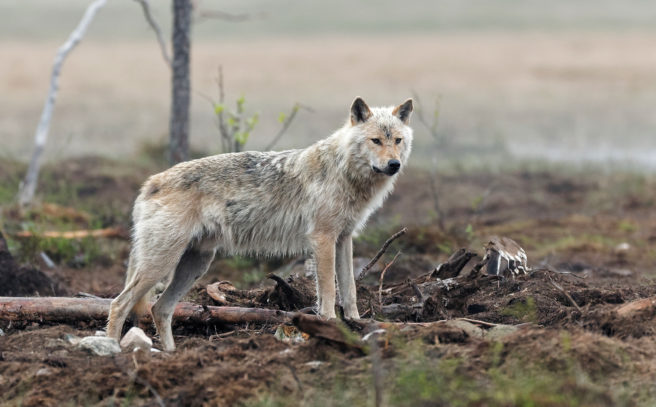The Norwegian Red List for species lists the wolf as critically endangered (CR).
In the last count (winter 2022-2023), 89-92 wolves were registered. Of these, 43-44 lived solely in Norway, while the remaining 46-48 wander on both sides of the border between Norway and Sweden.
In order to hunt animals without breaking the Nature Diversity Act or the Bern Convention, the hunting:
- Can not threaten the survival of the species
- Must be aimed at damage prevention
The wolves in Norway and Sweden originate from very few individuals, and Norwegian politicians are not doing enough to improve the situation. Due to this, inbreeding poses a significant danger to the Norwegian wolves.



